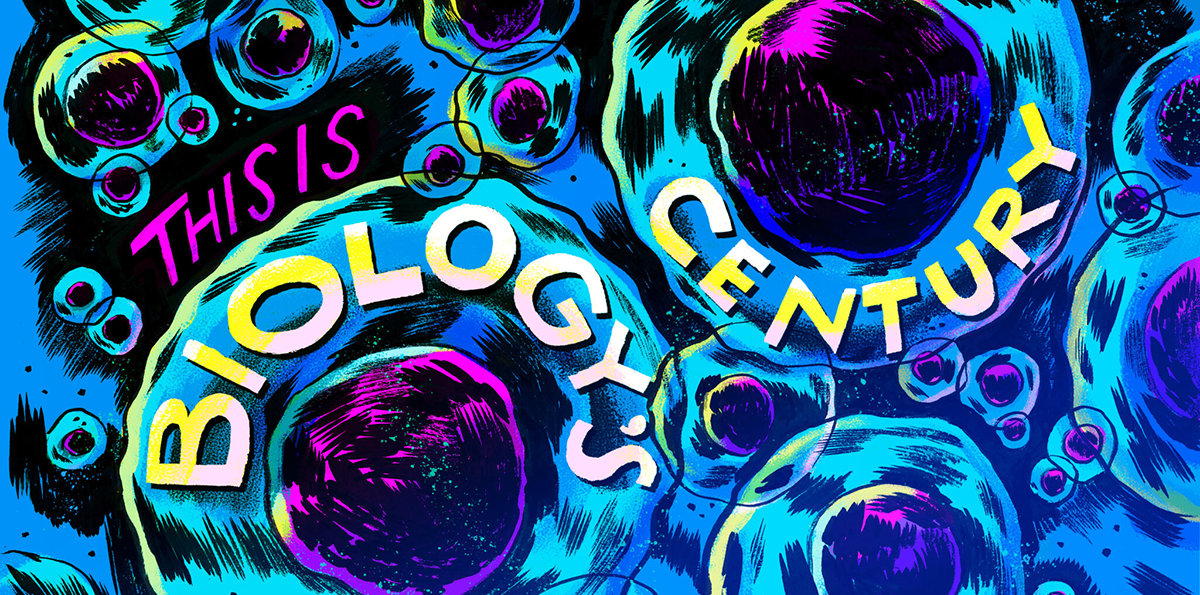
03 Nov Here’s why we’re not prepared for the next wave of biotech innovation
By Matthew Herper, STAT
he first time I remember hearing the words “biology’s century,” it was a sales pitch.
I was standing by the Long Island Sound in Sachem’s Head, Conn., in the shadow of an 11-foot-tall granite Stonehenge replica built by Jonathan Rothberg, a biotech entrepreneur, as he talked up his newest gadget, a tabletop DNA sequencer. It was 2010.
Near his monument to the ancient past, Rothberg was conjuring a vision of the future, one based on harnessing the power of biology and technology to transform the world. The phrase he uttered wasn’t new, having been in circulation since the Human Genome Project in the 1990s, and I’d been covering biotech for a decade. But that was the moment the phrase sunk in. I added it to my Twitter bio, where it has remained.
Over the next decade, I’d see even more amazing things. Genetically altered white blood cells that can cure cancer. A gene therapy that gave sight to blind children. Pills that wrench decades of life from a cancer death sentence or ease the breathing of patients with cystic fibrosis. And, of course, not one but several effective Covid-19 vaccines created only a year into a once-in-a-century pandemic.
Here’s what “biology’s century” means to me: In the same way the 20th century belonged to physics, the 21st is biological. But while physics in the 20th century brought airplanes, personal computers, and posters of Albert Einstein, it also meant the atom bomb and a complete transformation of the social order.
Now, we’re approaching a moment when changes in what we understand about biology are every bit as exhilarating and terrifying. Read more …



